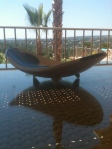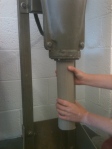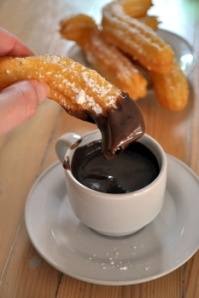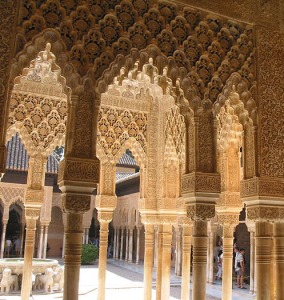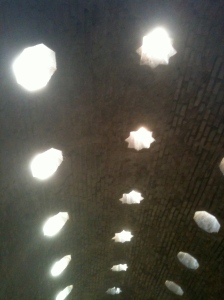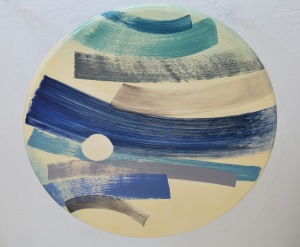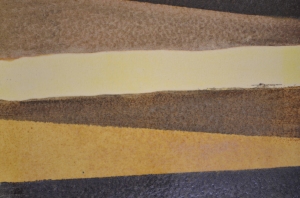Resilience (ελαστικότητα)
belatrova, art for living, and “a good half of the art of living is resilience” (Alain de Botton).
With austerity uppermost on European minds our thoughts turned to contemporary Greece and the hard times its citizens are going through. And because our minds often drift in the workshop, we started thinking about ancient Greeks, and not just about their pottery and sculpture, nor about them going around in togas eating grapes, but about their influence on our thinking.
Resilience – that chief weapon of the Stoic and Cynic philosophers who stated that much emotional suffering is caused by mistakenly assuming external things are directly under our control. However, if you remember that only your own actions are truly under your control and external things are not, then you will become emotionally resilient and achieve a kind of happiness. Whatever does not kill me makes me stronger.
Resilience, that is what everyone needs as we face the year 2015.
Which brings us to Diogenes of Sinope (c.400-c.325 BC) who denied pleasure and physical wealth for asceticism and had the nickname ‘the dog’ because of his shamelessness. He used to live in a wooden barrel with only possessions a robe to wear and a stick to walk.
It is unlikely Diogenes would ever have been a belatrova customer but we like to think that he might have approved of our use of that humble material, wood, a material that has evolved over millions of years to withstand the worst that weather can throw at it, with the possible exception of lightning. He would have spent time gazing at the beauty of our oak birdbath plinths as he undoubtedly did his own wooden home as it changed in appearance after years of exposure to all sorts of weather, because oak is extremely resilient and can be easily left outside both during strong sun and rain, and even snow and hail. See what a difference a year has already made to this belatrova “blackbird” bath:
[one_half]
[/one_half]
[one_half_last]
[/one_half_last]
On the other hand, when it comes to our tables, though we use robust beech legs, and though we know external factors are beyond our control, we do improve the odds by making decisions that minimize any unforeseen impact. We do not use oak or beech for the tabletops but rather medium-density fibreboard (MDF), an engineered wood product made by breaking down hardwood or softwood residuals into wood fibres, combining it with wax and a resin binder, and forming panels by applying high temperature and pressure. MDF is isotropic; its properties are the same in all directions as a result of no grain, so no tendency to split. It is consistent in strength and size, flexible, it shapes well and has stable dimensions, so won’t expand or contract like wood.
All this makes it the ideal material to seal, prime, paint and varnish – and thus more resilient. Two tables left our workshop over the Open Christmas Weekends at No 9 and went to good homes:
[one_fourth]
[/one_fourth]
[one_fourth]
[/one_fourth]
[one_fourth]
[/one_fourth]
[one_fourth_last]
[/one_fourth_last]
There are a few coffee tables still awaiting the right owner, each one a true original:
Come and see us in 2015. Happy New Year.
Best wishes:
Ziggy, Thelonius, Peter, Stuart, Roger, Wendy and Fleen





































